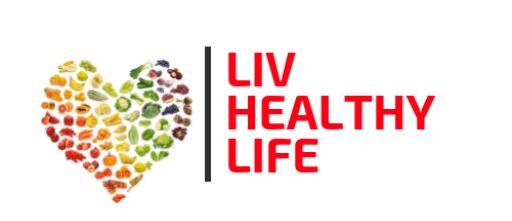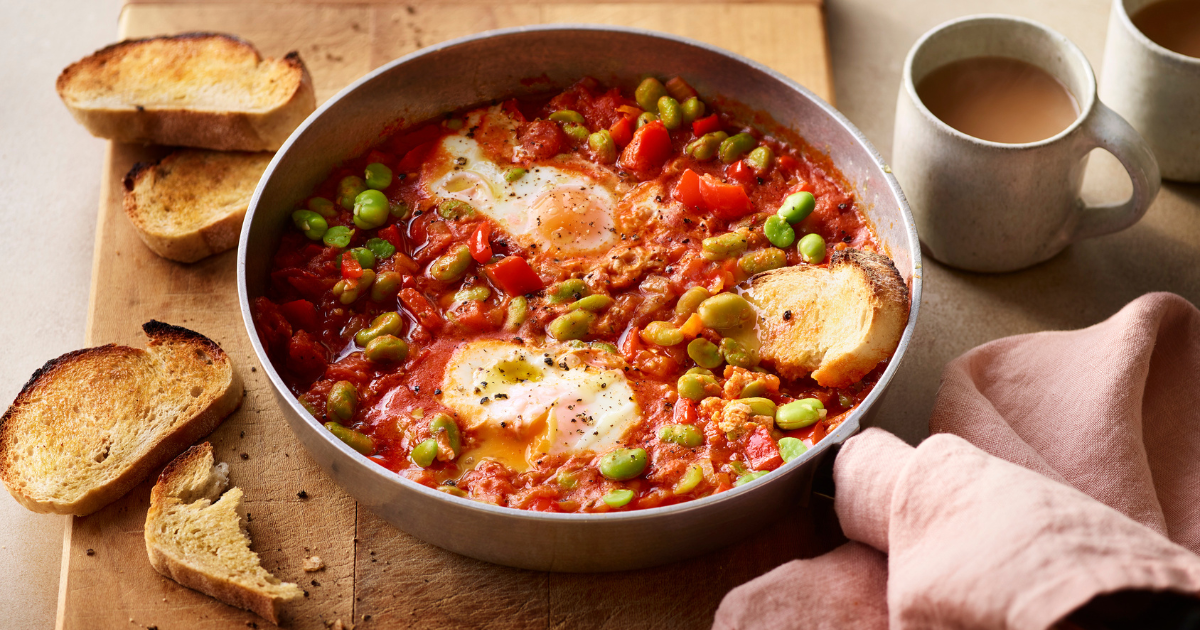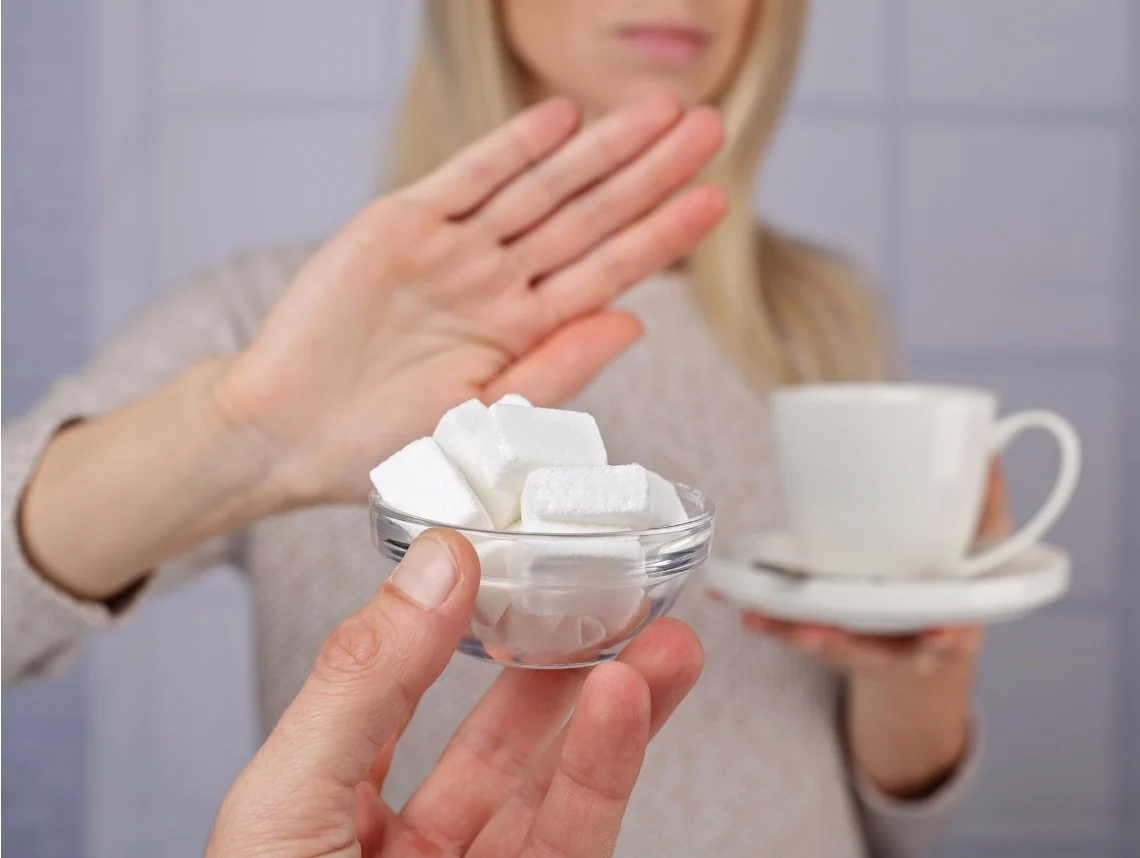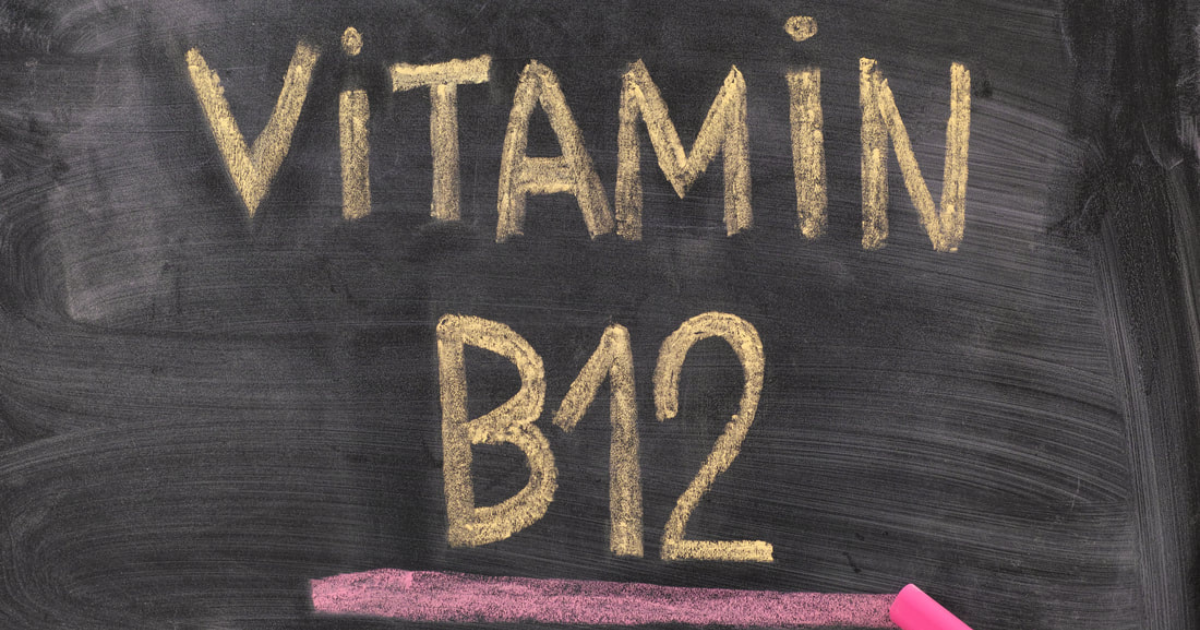Dietary fiber is the portion of plant-derived food, which cannot be completely broken down by human digestive enzymes. There are different ways to include dietary fiber in your diet through whole plant foods as it provides many health benefits; fiber helps to improve gut health.
The fact that fiber is not broken down is a good thing as it helps in digestion and prevents constipation and sluggishness. Other benefits include reducing the risk of heart disease, lowering blood pressure, lowering cholesterol, glucose levels, and inflammation. Most importantly, it also helps with weight loss because it creates a feeling of fullness in your intestines that allows you to eat less.
The article sheds light on its essential aspects and talks about a few ways to get some fiber without working hard.
Types Of Fiber
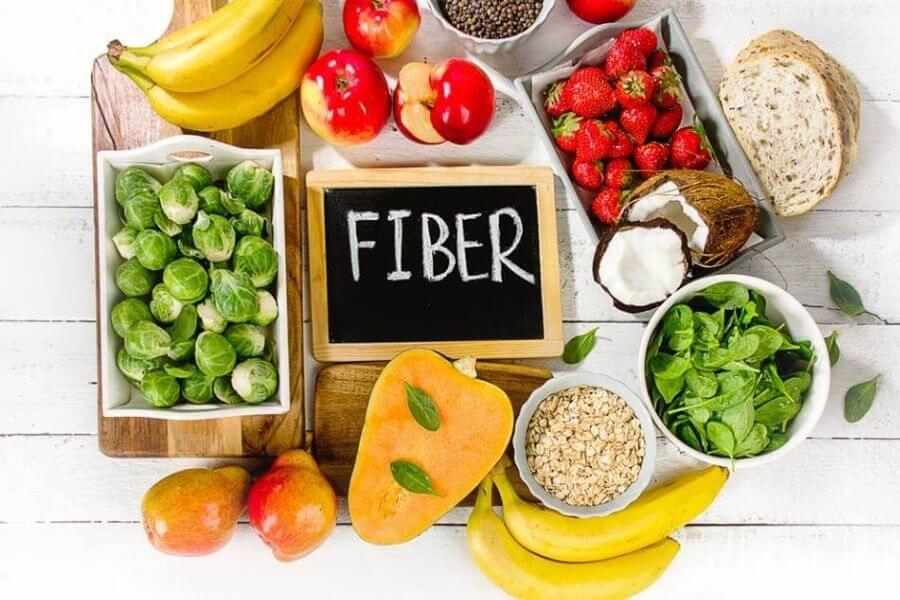
Plant foods provide two types of fiber — soluble fiber and insoluble fiber. Soluble fiber dissolves in water and is readily fermented, thereby creating a feeling of fullness in the body. Insoluble fiber doesn’t dissolve in water and is inert to digestive enzymes in the upper gastrointestinal tract and provides bulking and helps digestion. Peas, oats, beans, and fruits are examples of soluble fiber, whereas whole grains like barley, brown rice, and vegetables provide the majority of insoluble fiber. Some foods offer both benefits.
Different Ways To Include Dietary Fiber In Your Diet
1. Replace Refined Carbs With Whole Grains
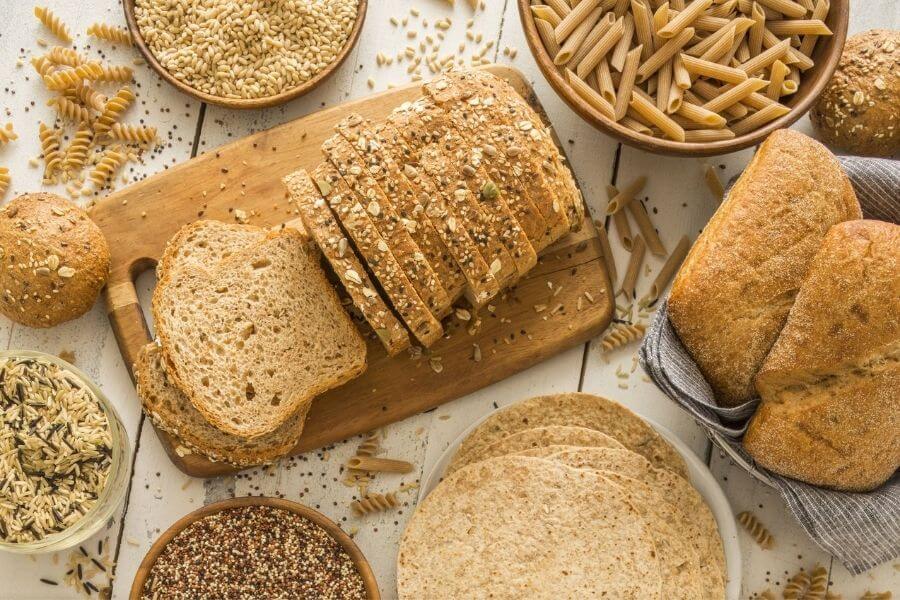
Whole grains are the best natural source of dietary fiber. So try to skip the white bread, white rice, and choose whole wheat, barley, oats, rye, brown rice, millet (ragi), oatmeal, and bulgur (lapsi). Instead of regular pasta, switch over to whole-wheat pasta.
Similarly, eat whole-wheat pitas, whole-wheat English muffins, whole-wheat tortillas, whole-wheat couscous instead of regular. Within a few months, you would be eating only whole grains, and would have increased your daily fiber consumption by around 10 grams without much changes in your diet!
2. Include Fiber In Your Breakfast

Breakfast is the most important meal of the day, as it jump-starts our metabolism and helps burn more calories during the day. So, starting it with whole-wheat toast, oats upma/idli, or ragi porridge is an excellent way to fuel up.
3. Eat Fiber-rich Snacks
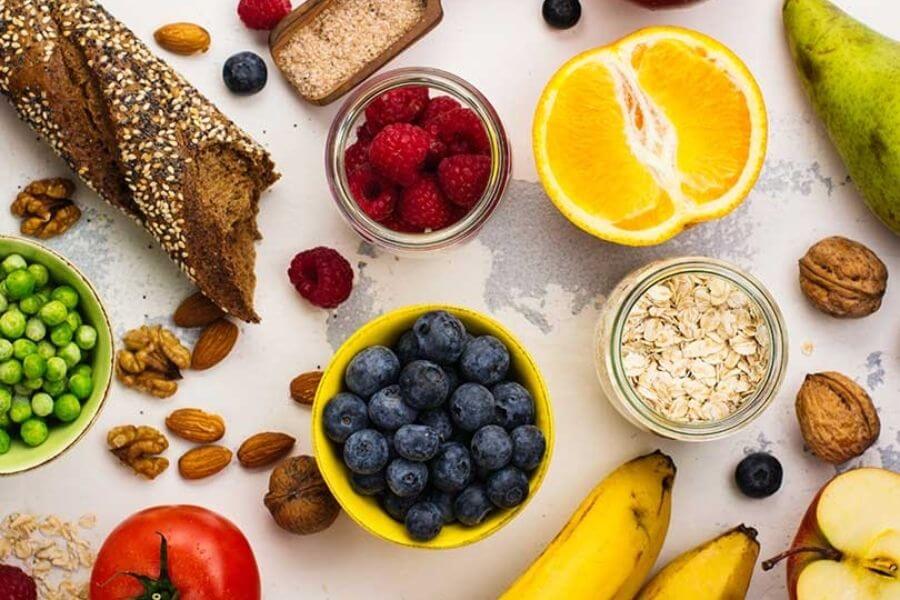
Whole-grain crackers, ragi biscuits, flaxseeds, chia seeds, mixed nuts like dried fig or apricots, and fresh fruits like apples, strawberry, raspberry, persimmon, mangoes, prunes, pears, and oranges are good choices.
4. Boost Your Beans And Veggies

Peas, beans such as navy, kidney, pinto, black, lima, or white beans, and lentils are a great source of fiber, so steam them and add them to your salads, curry, or puree them as dips to eat with vegetables. Go on to increase the intake of carrots, cabbage, broccoli, potato, cauliflower, and raw spinach leaves.
5. Load Up On Drinks

Fiber pulls water into the intestines. So, if you’re inadequately hydrated, fiber can increase rather than relieve constipation. Soluble fiber soaks up water as it passes through our system, helping bulk up our stool and guard against constipation and diarrhea. Intake eight to ten glasses of water a day. Choose no- or low-calorie beverages, such as water, unsweetened tea, lime juice, black coffee, or diet sodas.
Things To Remember!
Try not to increase too much fiber in your diet at once. You may get problems like bloating, cramping, or gas. To prevent this issue, start increasing the amount of fiber in your diet slowly. You can start with one of the changes and then wait for a week to implement the other one. If it doesn’t work, replace it with something else, but whatever you do, make sure you take plenty of water along with it.
